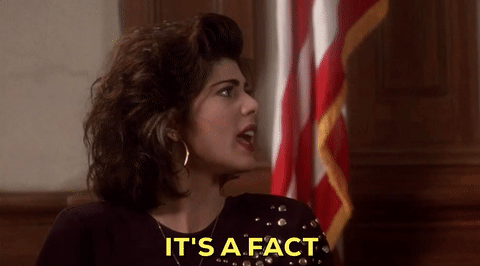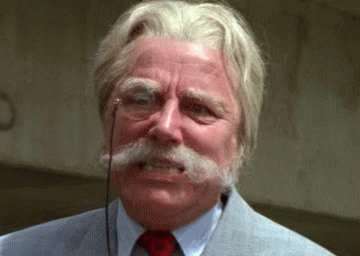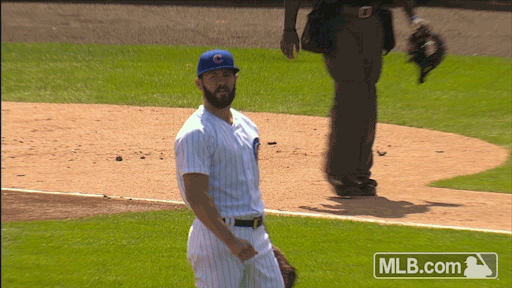A whole team of reporters and graphic designers at The New York Times examined racial inequality in wealth, across generations:
Black boys raised in America, even in the wealthiest families and living in some of the most well-to-do neighborhoods, still earn less in adulthood than white boys with similar backgrounds, according to a sweeping new study that traced the lives of millions of children. White boys who grow up rich are likely to remain that way. Black boys raised at the top, however, are more likely to become poor than to stay wealthy in their own adult households ... “One of the most popular liberal post-racial ideas is the idea that the fundamental problem is class and not race, and clearly this study explodes that idea,” said Ibram Kendi, a professor and director of the Antiracist Research and Policy Center at American University. “But for whatever reason, we’re unwilling to stare racism in the face.”
The graphics in the piece are both striking and effective, so be sure to click through and examine all of the charts. Professor Kendi's point above seems critical to me. Because anti-Black racism operates more like a caste system in America, social class plays a less dominant role in inequality than it does in other societies.
Speaking of the interplay of race and class, Matt Barnum of Chalkbeat looked at some new research, which examines said interaction in the context of school choice and housing integration:
When school choice is limited, lower-income communities with fewer people of color are more likely to see an influx of affluent residents. With additional school choice options, that relationship reverses. The effects were substantial: a predominantly non-white neighborhood’s chance of gentrification more than doubles, jumping from 18 percent to 40 percent when magnet and charter schools are available ... The finding that wealthier families are more open to entering racially segregated neighborhoods if they can avoid the local schools isn’t necessarily surprising. Past research has demonstrated both that schools affect housing choices and that race is used by white families as a proxy for school quality. This is among the first studies to directly link school choice to gentrification, though the data can only suggest cause and effect. The researchers note that they didn’t examine gentrifiers’ aversion to neighborhood schools, which could be based on accurate perceptions of school quality or based on racist assumptions.
Wow, there's a lot going on here.
Assessing the difference between "accurate perceptions of school quality" and "racist assumptions" is a real problem of public policy, and one that is almost impossible to measure. I challenge you to find one family of gentrifiers that is willing to explicitly say that they are avoiding a school due to the racial composition of its student body. Some families will use lots of coded language to avoid saying that one thing, but even so, it's hard to avoid the conclusion that white families consistently use the racial demographics of a school as a proxy for quality. The very existence of the proxy is, in itself, symptomatic of systemic racism, irrespective of the feelings and prejudices of the gentrifiers themselves.
To end on a more positive note, Freeman Hrabowski, president of University of Maryland-Baltimore County, touted his school in The Atlantic, after the UMBC basketball team made history by beating a top seed in the first round of the NCAA tournament:
I’m not embarrassed to say that I know much more about mathematics than basketball ... What makes our story so appealing is that the players not only have a strong sense of self, they have hope. It is not idle hope, and that showed on Friday, too. Even the few people who thought we had a chance to win never thought we would do so by 20 points. Our win wasn’t a fluke. We won convincingly because we had worked hard to be ready. Rigorous preparation can lead people to reach goals they didn’t think were possible. We’ve defied the odds before. Three decades ago, nobody believed you could close the achievement gap between white and underrepresented minority students, who were disproportionately likely to be lower-income and to be less academically prepared, without adjusting academic standards. But UMBC and the philanthropist Robert Meyerhoff didn’t believe it had to be that way. We believed you could set high expectations and, with appropriate support, not only help minority students succeed but also excel in some of the toughest fields.
If you don't know the UMBC academic story, it's a fabulous one, and the basketball victory is just icing on the cake.
Have a great week!




















